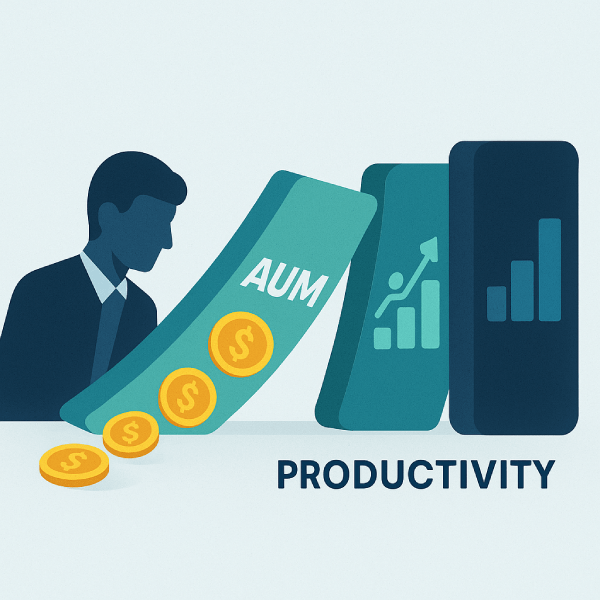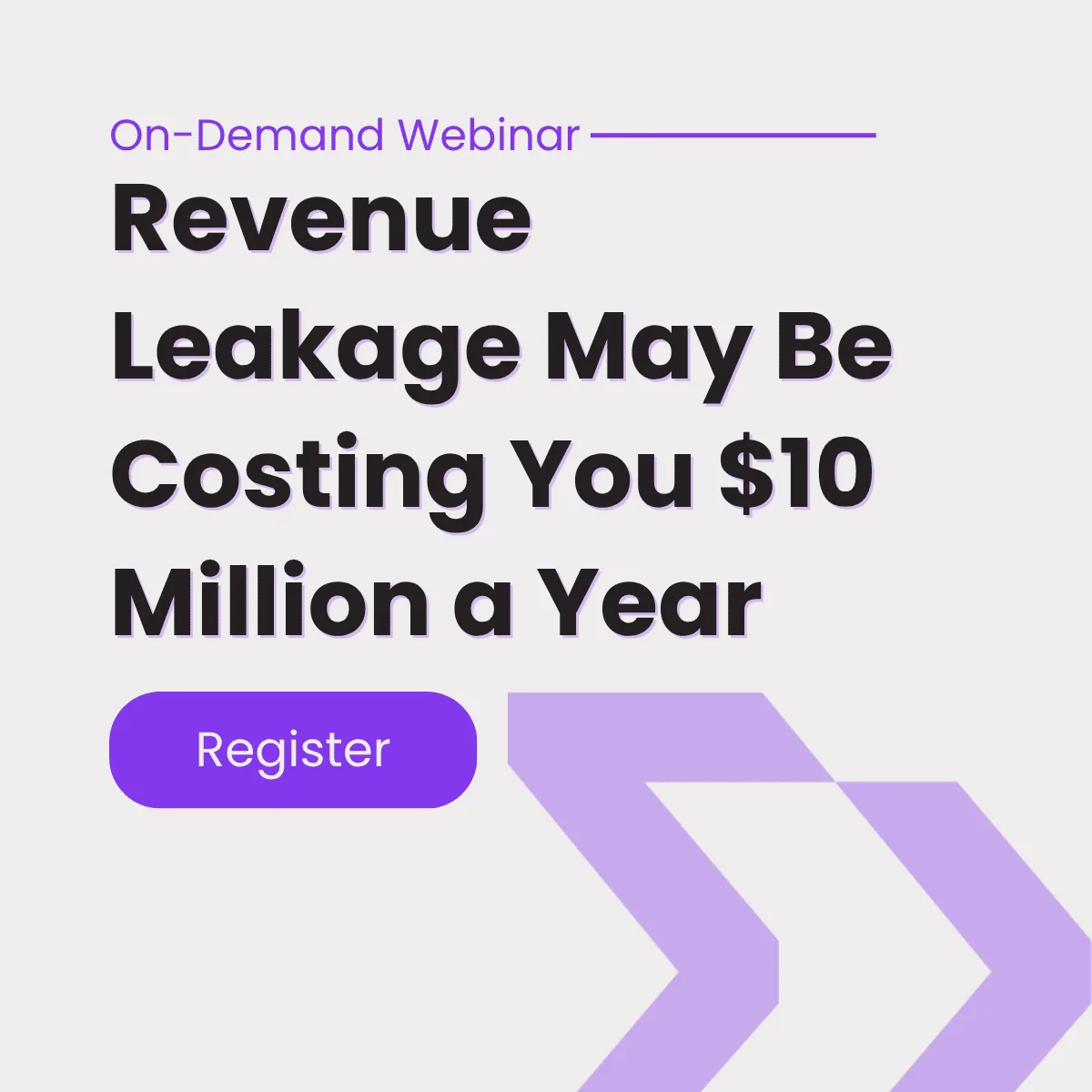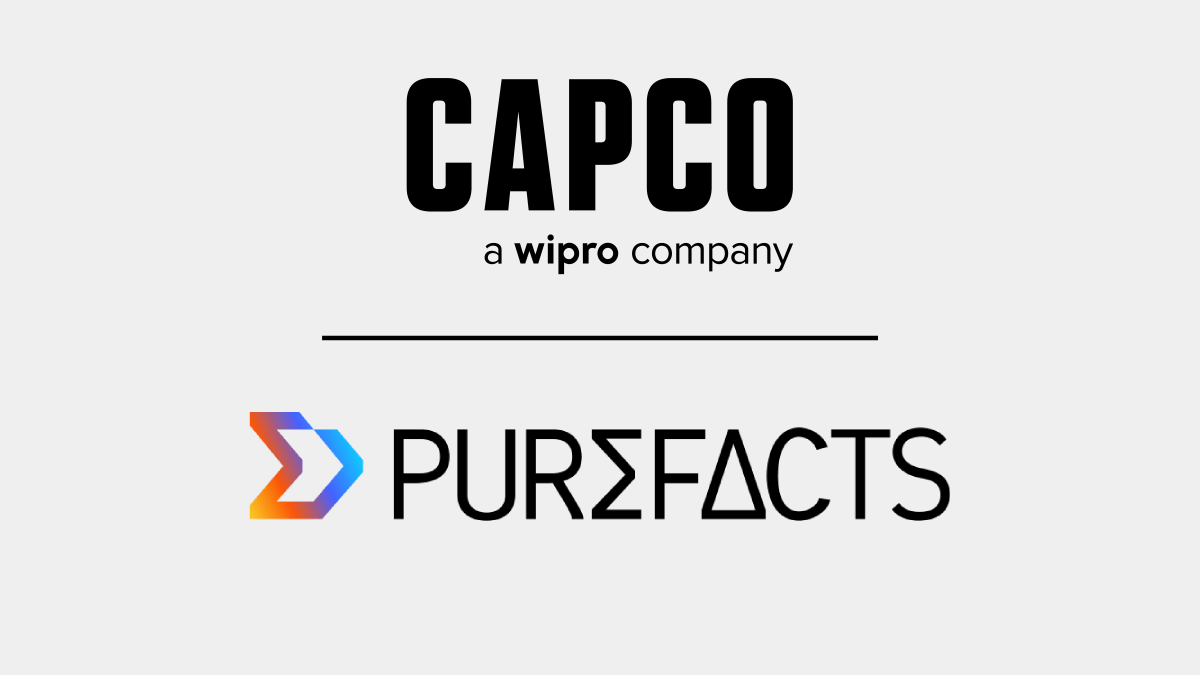For a Head of Wealth Management, the battle for profitability and growth has historically focused on AUM accumulation, platform expansion, and operational scale. But in 2025, one of the most strategic, yet underleveraged, drivers of growth sits closer to home: advisor compensation. In an environment of advisor scarcity, rising churn, and intense M&A scrutiny, how you compensate your advisors is no longer a back-office task. It’s a board-level priority.
The Talent Cliff Is No Longer Theoretical
The US Wealth Management industry is facing a structural talent cliff. Over the next decade, 110,000 advisors—38% of the workforce—are expected to retire, representing roughly 42% of AUM. Meanwhile, more than 90% of new advisors fail within three years, and only 8,000 net-new advisors entered the industry over the last decade.
The result? A growing supply-demand imbalance that’s turning elite advisors into free agents, and sending recruiting costs soaring.
In 2024, 35,000 advisors changed firms, with recruiting packages exceeding 100% of trailing 12-month production. A JD Power study found 34% of employee advisors and 41% of independents are considering a firm change within 24 months.
Outdated Comp Models Are a Hidden Liability
Many firms still rely on rigid, legacy payout structures. Advisors often shadow-account their own earnings due to errors, opacity, or misalignment. This is a reputational and financial risk, way beyond a workflow problem.
Example (large advisor): eligible trailing-12 revenue pays 48% up to $3.0M, and 52% once advisor crosses $3.0M. The advisor averages $300K/month of eligible revenue.
Failure mode A — delayed bump within the month (advisor underpaid)
The advisor actually crosses $3.0M on Oct 4, so the October earnings should be at 52%. Legacy systems often re-evaluate monthly and don’t move the grid until Oct 31, so October is still paid at 48%.
- Underpayment for October: 4% × $300K = $12,000
- Impact: Advisor shadow-accounts and disputes pay; trust and focus suffer.
Failure mode B — false bump from a canceled insurance commission (firm overpays)
At end of June, the advisor’s true eligible T-12 is $2.95M. In July, a $100,000 insurance commission (not eligible for grid) is mistakenly included, pushing the system-calculated T-12 to $3.05M and bumping the payout to 52%. The policy is canceled and reversed in August, dropping true eligible T-12 back to $2.95M—but the legacy system doesn’t re-evaluate after the reversal, so the advisor keeps the 52% rate until they legitimately cross the threshold on Oct 4.
- Overpayment (Jul–Sep): 4% × $900K = $36,000
(You can count July too because the $100K was never eligible; absence of post-reversal recalculation is what extends the leakage through Aug–Sep.) - Impact: Avoidable leakage or painful clawbacks later.
Multiply either error across a book and it becomes millions annually, plus ongoing credibility issues. A modern comp engine with real-time eligibility filters, effective-dated grid moves, and automatic re-checks after reversals turns compensation into the growth lever it’s meant to be.

Advisor Turnover Will Compound
Replacing a single top advisor can cost 200–400% of their annual payout in recruitment fees, sign-on bonuses, and ramp time. Meanwhile, client loyalty is fragile: 90% of clients say they’d consider following a departing advisor.
The compounded cost of lost assets, disrupted relationships, and the productivity dip of new advisors is significant. Firms that modernize comp to increase retention are seeing clear results. One $12B RIA introduced equity plus deferred bonuses for senior advisors and reduced voluntary attrition by 40% in 18 months—preserving an estimated $900M in AUM.
Leading Firms Are Reframing Compensation Strategically
According to the 2024 Schwab RIA Compensation Report, firms with performance-based comp saw 53% more net flows, 51% more revenue growth, and 43% more client growth over five years.
These aren’t marginal gains. They’re proof that when compensation aligns with firm strategy, business performance accelerates.
Forward-looking firms are ditching rigid payout grids and embracing platform-driven, performance-aligned compensation strategies:
- Equity and profit-sharing models to align long-term advisor behavior with enterprise value.
- Blended comp structures that reward client outcomes—not just production.
- Real-time dashboards to reduce disputes and boost payout transparency.
- AI-powered tools to simulate changes, detect errors, and adjust comp logic at scale.
- Targeted retention bonuses and non-monetary perks (like hybrid work and wellness benefits).
Regulators and Acquirers Are Both Looking Closely
In 2024, the SEC issued $390M in settlements related to incentive misalignment, recordkeeping violations, and payout opacity.
During M&A due diligence, opaque or overly complex comp structures raise red flags. Buyers seek predictable, scalable systems that align with enterprise growth. Firms that cannot demonstrate control and clarity in compensation are likely to face valuation discounts—or worse, deal risk.
Advisor Compensation: A Board-Level KPI
The firms winning talent in 2025 are treating compensation as capital allocation—not expense.
Your board will expect visibility on these metrics:
- Advisor retention rate (especially top-quartile performers)
- Revenue and AUM per advisor
- Net new assets attributed to top advisors
- Compensation error rate
- Advisor Net Promoter Score (NPS)
- Comp-to-revenue ratio (pre- and post-optimization)

The Highest-Yield Investment You Haven’t Made
You already know how hard it is to attract new AUM. But improving your advisor compensation system? That’s a lever that pays off immediately; through retained talent, increased trust, and recaptured margin.
It’s time to treat advisor compensation as a power play.
If you’re ready to reimagine your advisor compensation strategy to drive long-term talent retention and growth, reach out to PureFacts Financial Solutions.
Founded in 2010, PureFacts is a global financial technology firm that powers end-to-end revenue optimization for the wealth and asset management industry. From billing automation and advisor compensation to predictive insights and compliance, our AI-powered platform helps 130+ firms manage over $15 trillion in assets — enabling them to grow with precision, transparency, and purpose.
Let’s build a better way to grow together.




